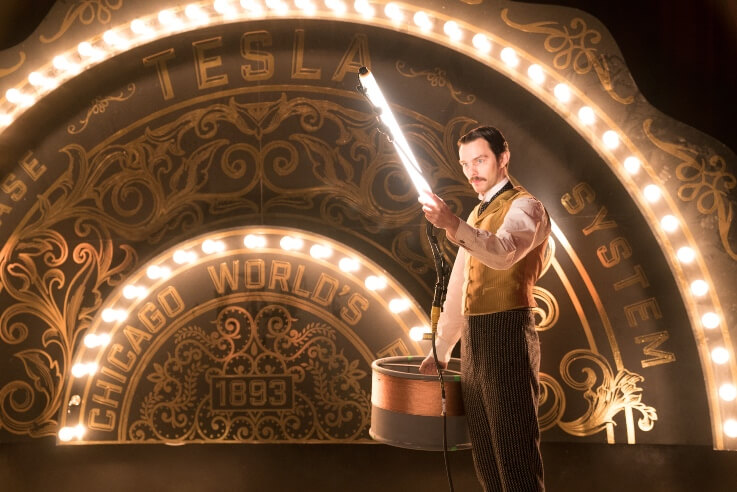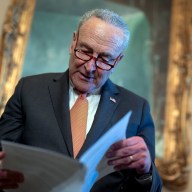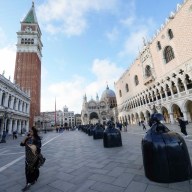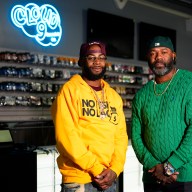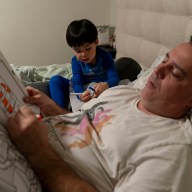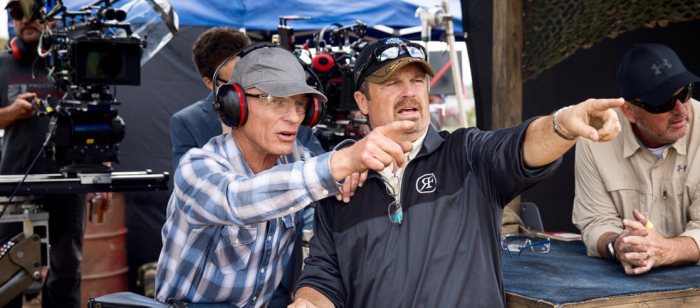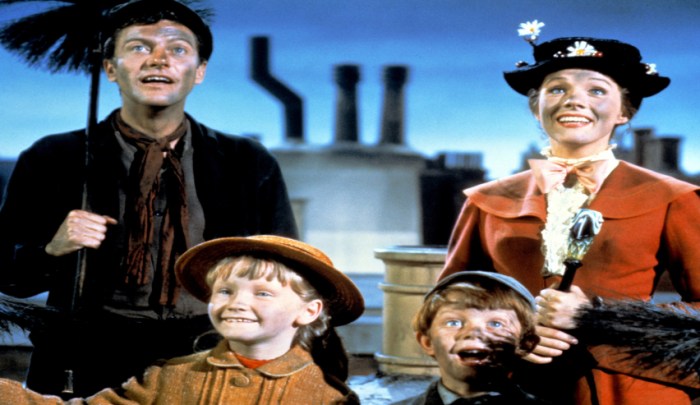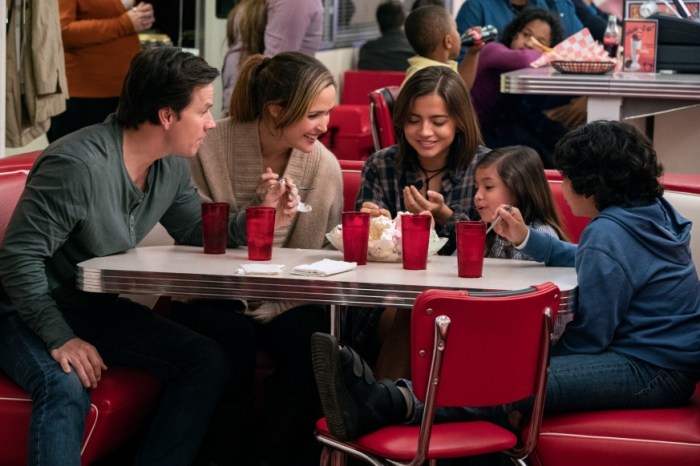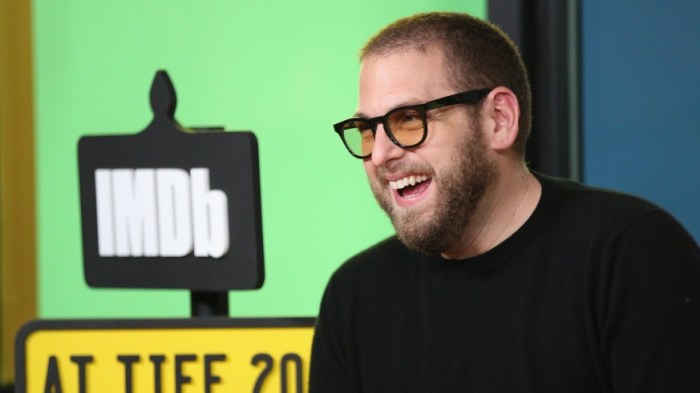In 2017, Alfonso Gomez-Rejon’s period-piece “The Current War” starring Benedict Cumberbatch and Michael Shannon was screened at the Toronto International Film Festival and overall, the film was not well received. Throw-in the mess that was the Weinstein Company (who produced the film) and the historical drama was almost lost altogether.
Two years, five fresh scenes, multiple re-shoots and a new score later, audiences now get “The Current War” Director’s Cut, almost unrecognizable from the Toronto screening — exactly what this epic story needed. Gomez-Rejon’s vision finally shines through this cut, and the director wanted nothing more than to break the rules with his latest feature. The film takes place in the past, but there is nothing dated about it; on the contrary, it’s quite cutting-edge — almost as if you really do dive into the brilliant minds of men like Thomas Edison or Nikola Tesla and see what they saw — the future.
Gomez-Rejon sat down with Metro to talk about his inspirations for the re-shoots, his connection to the film and what he hopes audiences take away from this futuristic look into the past
Why Alfonso Gomez-Rejon ‘broke the rules’ with his director’s cut of ‘The Current War’
Why were you initially drawn to this story and why was it important for it to be told?
I thought it was less so about electricity and Edison and Westinghouse as it was about this epic rivalry between parts of myself and us as human beings — which I also thought could be something universal. It’s the ego and ambition, and how far someone will go to be remembered or to win. When that stake is the creation of the modern world as we know it, I just thought there was something beautiful and emotional about that epic battle in addition to it being based on true events. It was the emotion behind it that [motivated me] to do a little bit of self-exploration — and there were also some things that I was still working through from my last film “Me and Earl and the Dying Girl” regarding grief and my father. I really responded to Edison and how he was continuing to work through the loss of his wife and keeping her alive through his work. He was in such denial that she had been taken from him and nature had won. I thought that was an incredibly emotional journey that I wanted to take on as well. It’s about legacy, it’s about mortality and there’s this presence of mother nature throughout the film as well — which was the ultimate winner of the war in my opinion — that was important. Plus, I get to make a movie in the past about the future — what would that feel like? To me, it felt very contemporary, and that intrigued me. We wanted to break some rules because the men who we focus on the film were the ultimate rulebreakers.

You really did achieve a futuristic look for a movie that is set in the past, can you tell me a little more about how you made that happen?
Every department who worked on this film from makeup, to production, to costumes — everything was about interpreting the feeling of the moment, not just getting everything exactly as it was. It’s all about interpreting the past and finding something that felt true and honest. For example, the inspiration for Tesla wasn’t going to be the real Tesla but it was going to be David Bowie, or there were Jagger and Dylan influences. That is what I believe brings out the best in artists that I surround myself with because they are not looking for the exact same replica. That’s just no fun. It makes it all feel like an art project and the approach to it was to break some rules along the way and just be in the moment with the actors. The opening shot of the film was important, it should feel futuristic but it’s also about the characters. Edison as a person is a show, and in the opening shot, he is literally in the middle of this ring of light because he’s a showman. Then you meet Westinghouse and he’s in a domestic setting having a quiet moment with his wife anticipating the arrival of his hero for dinner who he wants to break bread with, and that says a lot about him. But overall [the film] is all about going to the edge and trying to create an experience.
The film’s release is automatically a director’s cut, why were the re-shoots important for you?
The reason it’s called the director’s cut was because there was an earlier version of the film that screened at the Toronto Film Festival in 2017 and it was a very rushed, very compromised work in progress in the middle of a very chaotic time from something that would eventually collapse. That defined me, the legacy of the film and the film’s future because of that very powerful and very public screening. This was an opportunity for the studio to hear me out — and they gave me that as a studio. Martin Scorcese was also able to give me the gift of time and clarity and freedom to find the movie that I intended to make from the beginning. In that process, there were a handful of scenes that I had intended to shoot early on that were cut for financial reasons. The clarity that time gave me allowed me to see the missing pieces of the puzzle. Time, clarity and finance allowed me to shoot five additional scenes and produce a new score — but even with the five added scenes, the film is still ten minutes shorter than the Toronto cut. Of course, as a filmmaker, or maybe as a perfectionist, I only see the mistakes. But I am really proud of this movie, and this version of the movie is the version I intended for the world to see. It captured the energy and the emotion that I wanted the film to have.

Overall what do you hope people now take away from this new director’s cut of “The Current War?”
I hope for other filmmakers and artists it shows that art is worth fighting for and that sometimes you do get a second chance. This just re-affirms that the “why” for any film or project just has to be so clear. Even if you fail publicly, you can pick yourself back up and fight to make it better— I think that should be inspiring for a lot of artists. I also hope it makes people see the personal stories behind the men who helped shape the world to what it is today. Also, every time you turn on the light switch, lamp, or something along those lines you realize that it started somewhere and there was a person behind it. New ideas can always make the world a better place, and in 100 years who are we going to remember and why?
“The Current War” Director’s Cut is now in theaters

